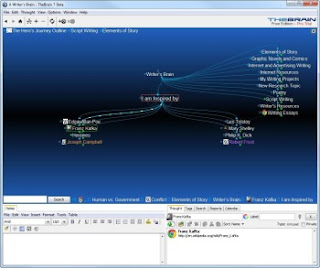
The first movement was a coordinated look-and-reach to a target. To examine this phenomenon, the scientists studied brain activity in the arm and eye movement regions of the brain at the same time as non-human primates performed a sequence of eye and arm movements. The study, conducted with Maureen Hagan, a neuroscientist at Australia’s Monash University, explores the frequently studied but not well understood process of gaze anchoring-in particular, how different regions of the brain communicate with each other. The big question has been: How does the brain orchestrate this kind of natural behavior?” “This is what makes our reaches much more accurate. “Our results show that we anchor our gaze to the target of the reach movement, thereby looking at that target for longer periods,” explains Bijan Pesaran, a professor at NYU’s Center for Neural Science and one of the paper’s authors.

The work centers on a form of coordinated looking and reach called “gaze anchoring”-the temporary stoppage of eye movements in order to coordinate reaches. In a newly published study in the journal Nature, a team of researchers sheds additional light on the machinations that ensure we don’t look away from where we are reaching. Keeping our eyes focused on what we reach for, whether it be an item at the grocery store or a ground ball on the baseball field, may appear seamless, but, in fact, is due to a complex neurological process involving intricate timing and coordination.


 0 kommentar(er)
0 kommentar(er)
